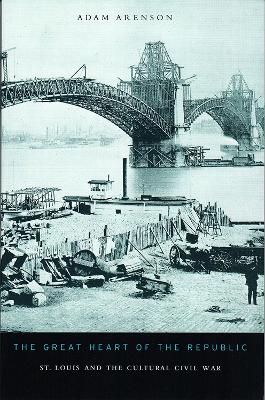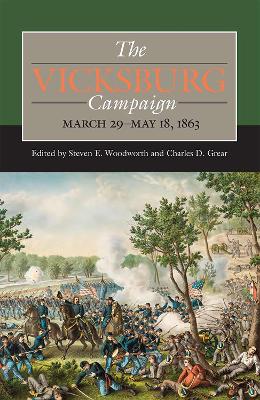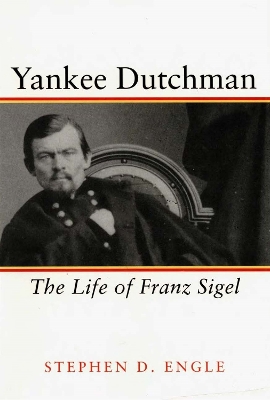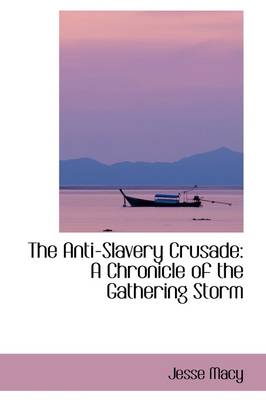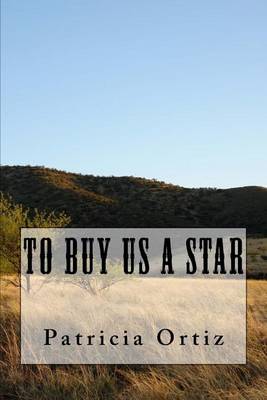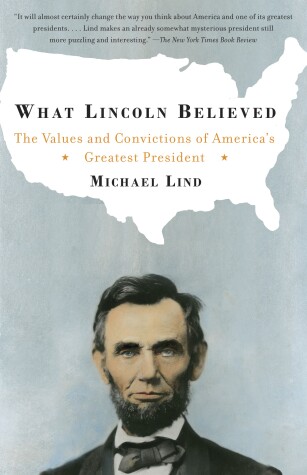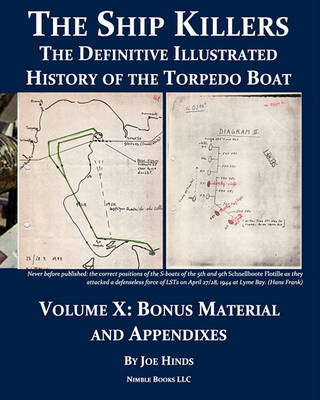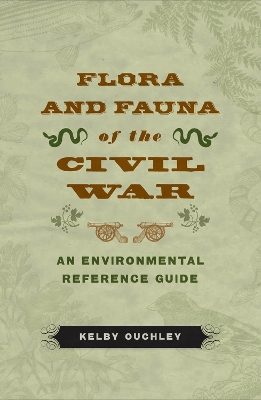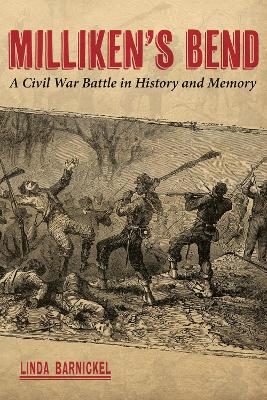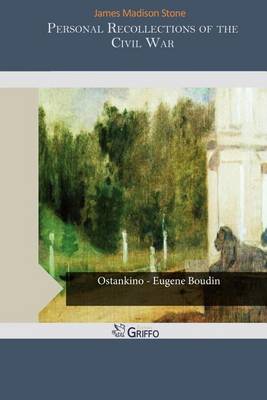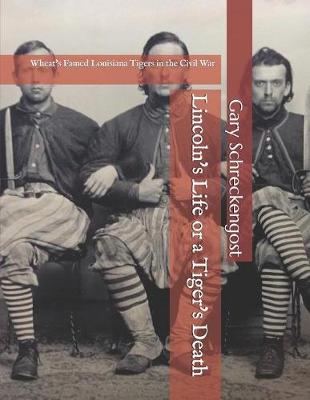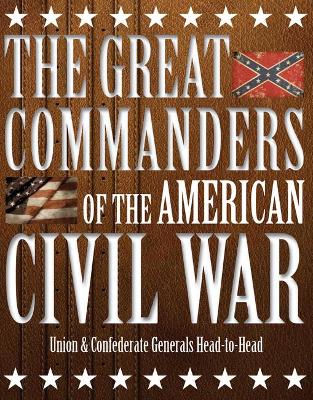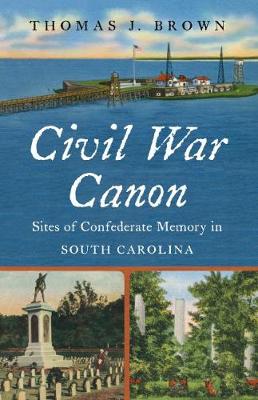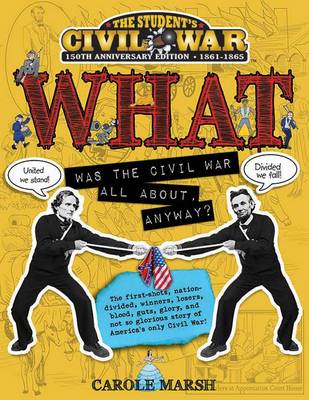The Civil War revealed what united as well as what divided Americans in the nineteenth century-not only in its deadly military conflict, but also in the broader battle of ideas, dueling moral systems, and competing national visions that preceded and followed. This cultural civil war was the clash among North, South, and West, as their leaders sought to shape Manifest Destiny and slavery politics. No site embodied this struggle more completely than St. Louis, the largest city along the border of...
Texas Confederate, Reconstruction Governor (Sam Rayburn Series on Rural Life)
by Kenneth Wayne Howell
Of the 174 delegates to the Texas convention on secession in 1861, only 8 voted against the motion to secede. James Webb Throckmorton of McKinney was one of them. Yet upon the outbreak of the Civil War, he joined the Confederate Army and fought in a number of campaigns. At war's end, his centrist position as a conservative Unionist ultimately won him election as governor. Still, his refusal to support the Fourteenth Amendment or to protect aggressively the rights and physical welfare of the free...
The Vicksburg Campaign, March 29-May 18, 1863 (Civil War Campaigns in the Heartland)
Ulysses S. Grant's ingenious campaign to capture the last Confederate stronghold on the Mississippi River was one of the most decisive events of the Civil War and one of the most storied military expeditions in American history. The ultimate victory at Vicksburg effectively cut the Confederacy in two, gave control of the river to Union forces, and delivered a devastating blow from which the South never fully recovered. Encompassed in this first of five planned volumes on the Vicksburg campaign...
The Crisis of Foreign Intervention in the War of Secession, September ...
by Charles Francis Adams, Jr.
Yankee Dutchman
Lauded as a hero in his native land for his sensational but ultimately unsuccessful exploits during the 1848 German Revolution, Franz Sigel- who immigrated to the United States in 1852- is among the most misunderstood figures of the American Civil War. He was appointed by Abraham Lincoln as a political general in the Union army, a move that successfully galvanized northern support and provided a huge influx of German recruits who were eager to ""fight mit Sigel."" But Sigel proved an inept and i...
Henry Adams in the Secession Crisis
During the Secession Winter session of Congress, twenty-two-year-old Henry Adams worked as private secretary to his father, Representative Charles Francis Adams. Henry wrote four accounts of these crucial months in Washington -- an essay, letters to his brother, a segment in his famous autobiography, and twenty-one unsigned letters that Adams composed as a novice correspondent for the Boston Daily Advertiser. Henry Adams in the Secession Crisis presents the Advertiser letters for the first time...
Countless books have been written about Abraham Lincoln, yet few historians and biographers have taken Lincoln seriously as a thinker or attempted to place him in the context of major intellectual traditions. In this refreshing, brilliantly argued portrait, Michael Lind examines the ideas and beliefs that guided Lincoln as a statesman and shaped the United States in its time of great crisis.In a century in which revolutions against monarchy and dictatorship in Europe and Latin America had failed...
The Definitive Illustrated History of the Torpedo Boat, Volume X
by Joe Hinds
Diary of a Southern Refugee during the War, by a Lady of Virginia
by Judith W McGuire
"War seems inevitable," wrote Judith W. McGuire in her diary on 10 May 1861, shortly after the firing on Fort Sumter. Fervently loyal to the South, she was packing up valuables at her home in Alexandria, Virginia, where the Confederate flag already waved. With her family she fled the city, and for the next four years she would be a refugee in her own land. Literate and newsy, shrewdly detailed and extremely moving, Diary of a Southern Refugee during the War is one of the best civilian records of...
Flora and Fauna of the Civil War
During the Civil War, humans impacted plants and animals on an unprecedented scale as soldiers on both sides waged the most environmentally destructive war ever on American soil. Refugees and armies alike tramped across the landscape foraging for food, shelter, and fuel. Wild plants and animals formed barriers for armies and carried disease, yet also provided medicine and raw materials necessary to implement war, greatly influencing the day-to-day life of soldiers and civilians. Of the thousands...
Milliken's Bend
At Milliken's Bend, Louisiana, a Union force composed predominantly of former slaves met their Confederate adversaries in one of the bloodiest small engagements of the war. This important fight received some attention in the North and South but soon drifted into obscurity. In Milliken's Bend, Linda Barnickel uncovers the story of this long-forgotten and highly controversial battle. The fighting at Milliken's Bend occurred in June 1863, about fifteen miles north of Vicksburg on the west bank of...
DURING the winter of i860 and 1861 there was great uneasiness felt in the North. The South, through the democratic party, had been the ruling section of the country most of the time since the establishment of the Republic, but at the time of the election in the autumn of i860 a northern political party had won. That party was not only a northern party, but it was an abolition party. The election of an abolition president, Mr. Lincoln, by the North, was at once regarded as a menace to the slave h...
During the past decade and a half, scholars have increasingly addressed the relationship of history and memory. Among American historians, David W. Blight has been a pioneer in the field of memory studies, especially on the problems of slavery, race, and the Civil War. In this collection of essays, Blight examines the meanings embedded in the causes, course, and consequences of the Civil War, the nature of changing approaches to African American history, and the significance of race in the ways...
The Gettysburg Campaign and its culminating battle have generatedmore than their share of analysis and published works. In My Gettysburg, Civil War scholar and twenty-six-year Gettysburg resident Mark Snell goes beyond the campaign itself to explore the "culture" of the battlefield. In this fascinating collection, Snell provides an intriguing interpretation of some neglected military aspects of the battle, such as a revisionist study of Judson Kilpatrick's decision to launch ""Farnsworth's Char...
“Illuminating and well-written. . . . Deserves a place in the highest ranks of Civil War scholarship.”—The Cleveland Plain Dealer In November 1860, telegraph lines carried the news that Abraham Lincoln had been elected president. Over the next five months the United States drifted, stumbled, and finally plunged into the most destructive war this country has ever faced. With a masterful eye for telling detail, Maury Klein provides fascinating new insights into the period from the election of Ab...
Who were the greatest commanders of the American Civil War, and what made them so? In The Great Commanders of the American Civil War, the best military leaders of both sides are pitted against each other and their strengths and weaknesses examined – Robert E. Lee versus George Meade at Gettysburg, Ulysses S. Grant versus Albert Sidney Johnston at Shiloh, William Tecumseh Sherman versus John Bell Hood in the March to the Sea, along with eight other pairs. The book also explores a decisive battle...
The Annals of the Civil War
}Originally commissioned for the Philadelphia Weekly Times and first issued as a single volume in 1878, The Annals of the Civil War contains more than fifty articles and encompasses a variety of important personalities and topics. Within these pages Longstreet evaluates Lee's performance in Pennsylvania and his mistakes at Gettysburg; Kyd Douglas pays tribute to Stonewall Jackson as both general and man; H.V. Redfield examines the circumstances of John Hunt Morgans death; P.G.T. Beauregard dis...
In this expansive history of South Carolina's commemoration of the Civil War era, Thomas Brown uses the lens of place to examine the ways that landmarks of Confederate memory have helped white southerners negotiate their shifting political, social, and economic positions. By looking at prominent sites such as Fort Sumter, Charleston's Magnolia Cemetery, and the South Carolina statehouse, Brown reveals a dynamic pattern of contestation and change. He highlights transformations of gender norms and...
What Was the Civil War All about Anyway? (Student's Civil War, 150th Anniversary: 1861-1865)
by Carole Marsh
